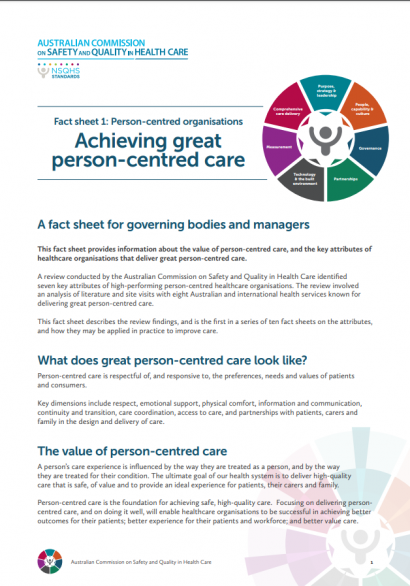Seven key attributes were identified for high-performing person-centred healthcare organisations.
This report provides a summary of findings from a literature review and environment scan undertaken to inform options for national public reporting standards of safety and quality in health care across public and private hospitals in Australia.
This report provides a summary of findings from consumer and clinician focus groups and expert interviews undertaken to inform options for national public reporting standards of safety and quality in health care across public and private hospitals in Australia.
The Australian Atlas of Healthcare Variation illuminates variation in health care provision across Australia. The atlas embodies our shared aim of providing information to improve the appropriateness of care for populations and individuals in Australia and increasing the value obtained from resources allocated to health.
Resource portal
The Communicating for Safety resource portal provides guidance on the strategies and skills needed to support effective clinical communication. The portal highlights why communication is important across the patient journey and links to useful resources.
Patient – clinician communication
One of the Commission’s core functions is to report on the state of safety and quality of the Australian health system. This is important because it helps people to understand their health system, what the system is doing to improve safety and quality, and how successful these efforts are.

